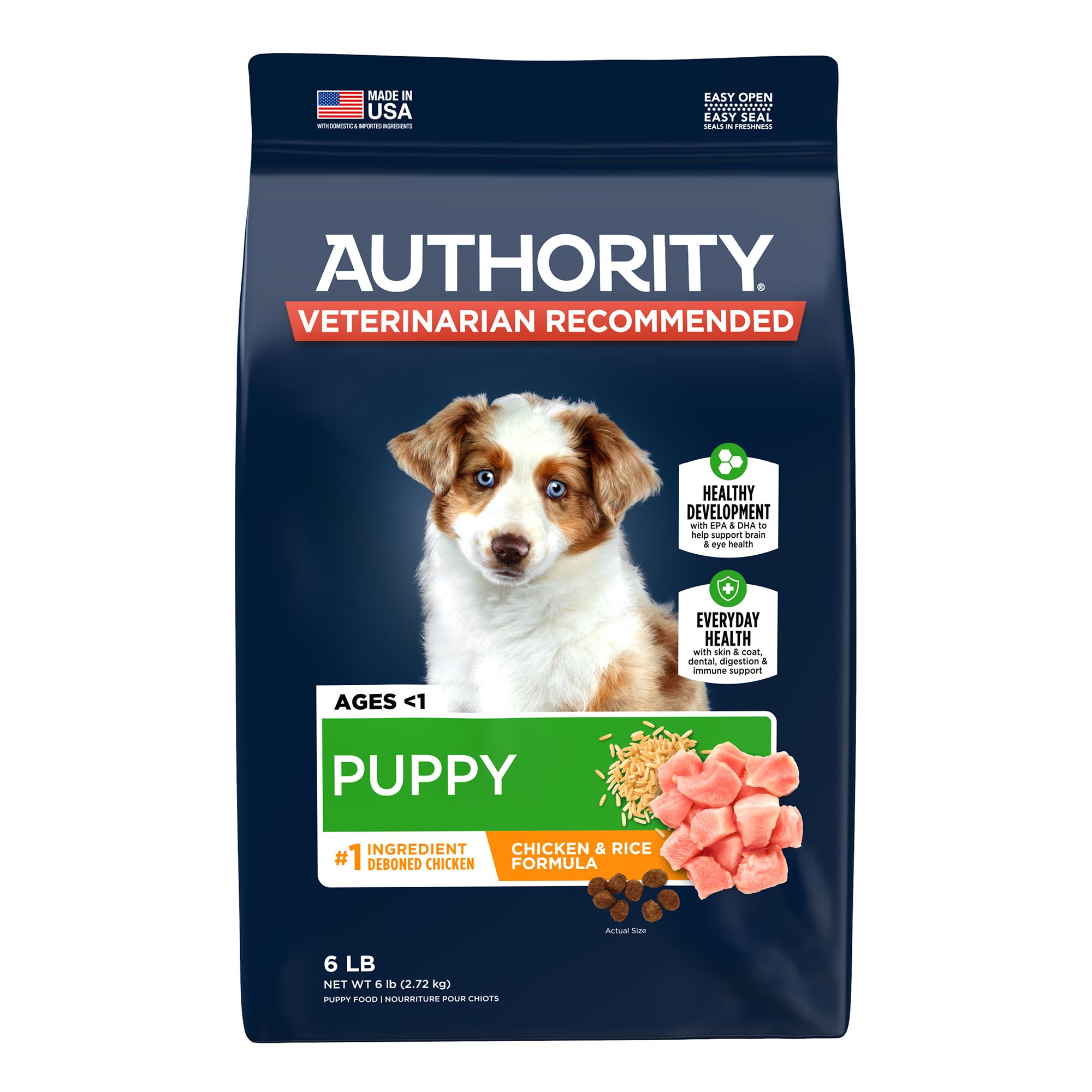The Curated News Hub
Your daily source for diverse news and insights.
Pet Food Secrets: What Your Furry Friend Isn’t Telling You
Unlock the hidden truths of pet food! Discover what your furry friend isn’t telling you to keep them happy and healthy.
The Hidden Ingredients in Your Pet's Food: What You Need to Know
When it comes to your pet's diet, the hidden ingredients in their food can significantly impact their health and well-being. Many commercial pet foods contain fillers and by-products that may not provide the necessary nutrients your furry friend needs. Ingredients such as corn gluten meal and animal by-products are commonly used to reduce production costs, but they offer minimal nutritional value. As a responsible pet owner, it's essential to scrutinize the packaging and understand what these ingredients mean for your pet's dietary requirements.
Understanding the label on your pet's food is crucial. Look out for ingredients listed like artificial preservatives and flavor enhancers, which can lead to long-term health issues. Instead, opt for brands that prioritize whole, natural ingredients and transparency in their production processes. A few key points to consider include:
- Research the protein sources—ensure they are identifiable, such as chicken or beef.
- Avoid foods with vague terms like 'meat meal.'
- Check for added vitamins and minerals that support your pet's immune system.
Your pet's food should be a source of nourishment, not just filler.

Are You Feeding Your Pet the Right Diet? Common Misconceptions Debunked
When it comes to pet nutrition, many pet owners fall prey to common misconceptions that can affect their furry friends' health. One prevalent myth is that all pet food is created equal. In reality, nutritional needs vary significantly across different breeds, ages, and health conditions. For instance, a puppy requires more protein and calories than an adult dog, while senior pets might need a diet lower in fat and enriched with joint-supporting nutrients. Understanding these differences is crucial for providing the right diet and ensuring your pet thrives.
Another misconception is that human food is safe and suitable for pets. While some human food can be beneficial, many items like chocolate, onions, and grapes are toxic to pets. Additionally, relying too heavily on table scraps can lead to nutritional imbalances. It's important to consult with a veterinarian to determine the best dietary options that meet your pet's needs, rather than assuming that what is good for you is also good for your pet. By debunking these myths, you can make informed decisions that contribute to your pet's overall well-being.
Understanding Pet Food Labels: What Your Furry Friend Would Tell You if They Could
Understanding pet food labels can be a daunting task for many pet owners. If our furry friends could voice their opinions, they would likely emphasize the importance of high-quality ingredients over marketing gimmicks. When examining a pet food label, the ingredients list is crucial; look for named protein sources like chicken or beef at the top. Ingredients are listed in descending order by weight, so if a grain or filler is the first ingredient, it may indicate a lower-quality product. Remember, pets thrive on a balanced diet rich in animal protein, healthy fats, and essential nutrients, so take the time to read beyond the flashy packaging.
Another key aspect of understanding pet food labels lies in deciphering the guaranteed analysis section. This part provides vital information about the nutritional content of the food, including protein, fat, fiber, and moisture levels. For instance, a label that boasts high protein percentages without specifying the sources may not meet your pet's dietary needs. Always consider your pet's specific health requirements and consult with your veterinarian for personalized recommendations. Additionally, stay informed about ingredients to avoid, such as artificial preservatives and by-products, to ensure your furry friend gets the best nutrition possible.